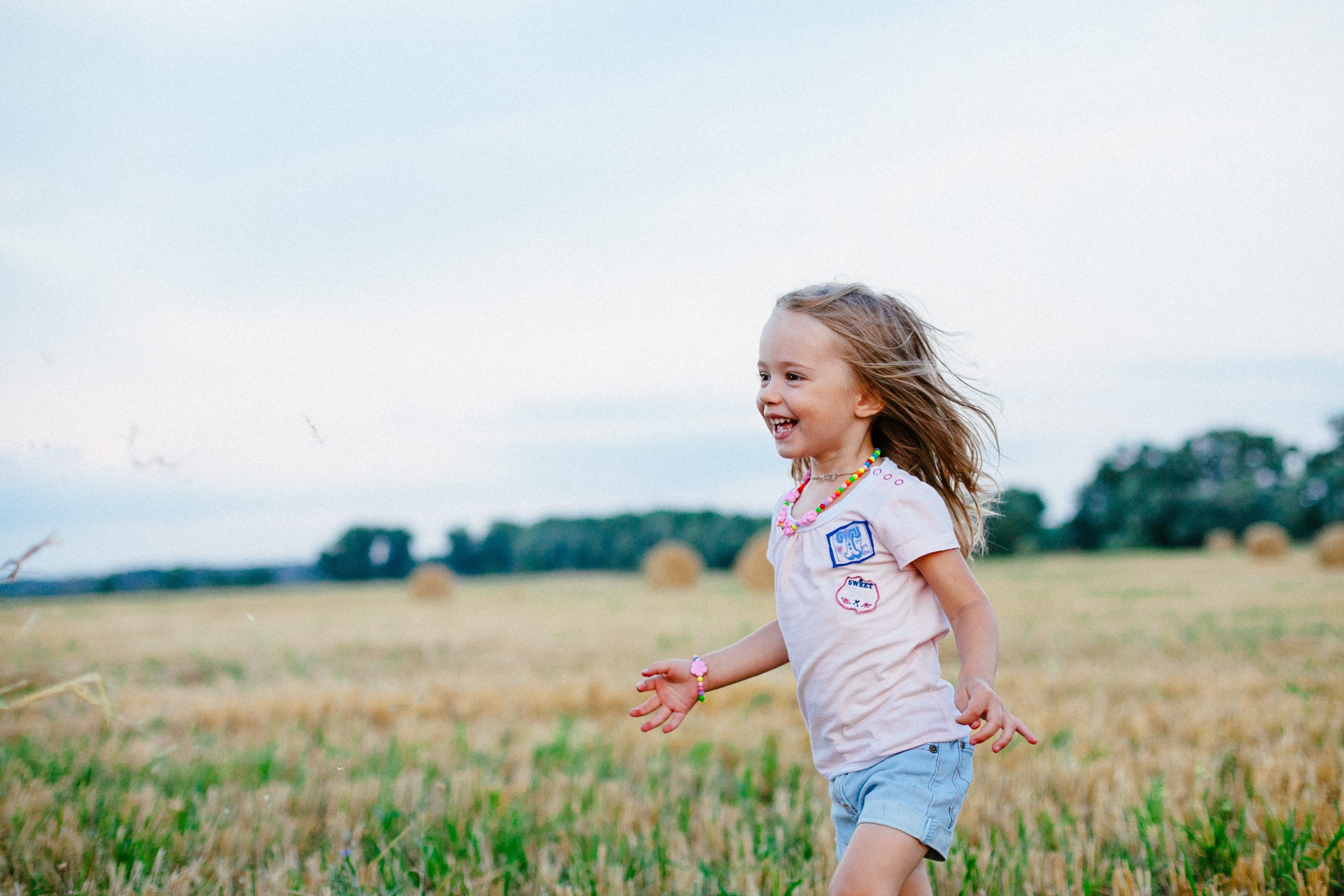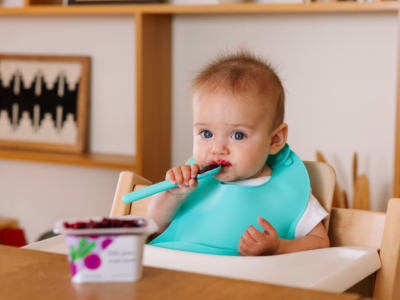Why reminding your children to be grateful helps make them happier
December is traditionally a month that center around giving, receiving, and thankfulness, so it seems like the perfect time to focus on instilling a sense of gratitude in children. Teaching children to say thank you is important, but true gratitude goes beyond good manners, it’s a feeling that lives inside of our minds and our hearts, one that guides our lives.
The importance and benefits of practicing gratitude have surfaced in recent years with research done by researchers at the University of California. Dr. Emmons and his team found that nurturing gratitude can increase levels of happiness by around 25 percent. The idea is that grateful people lead more satisfied lives, and experience higher levels of self-esteem, hope, optimism, and empathy. Further, studies have shown that children who have cultivated gratitude have greater success in school and a more positive attitude towards family. (Emmons et. Al, 2003)
Though toddlers are still within an egocentric stage, children as young as 15 to 18 months can begin to understand ideas and concepts that will help guide them towards gratitude. Children at this age begin to understand that they are separate beings from their parents, and that they depend on mom and dad to make them happy.
At around 2 years of age, children can begin to express thankfulness for people and things that are special to them, whether it be verbally or with body language, such as indicating an object when asked what they are thankful for, or expressing affection in reaction to giving. By the time children are 4, they can understand and express gratitude for material things as well as acts of love, kindness, and care. (Lewis, 2005)
Here are some ways to help guide your children towards gratitude:
Establish a routine – Help children to be more mindful of the good fortune in their lives by creating a gratefulness routine. As you sit down to dinner or before bed, share the things you are grateful for today. Questions such as “What are 3 things you are thankful for today?” or “What was the best part of your day?” are great ways to access and encourage thankful thinking.
Model good behavior –The quote “The life you live is the lesson you teach” rings very true here: model gratitude and your children will follow. Remember to show your partner, your friends and family members, and your children that you are grateful for the things that they do.
Create a thankful tradition – There are many ways to show gratitude after being on the receiving end of generosity, and creating family traditions are a great way to not only set a standard for thankfulness, but to create fond memories in the process. A “thank you” tradition can be as simple as a routine of writing a thank you note for a gift, or baking cookies to show thanks for help from a friend.
Have high expectations – Let children know when you’ve noticed that they haven’t practiced gratitude or displayed thankful behavior, and let them know. Address ways in which they can express gratitude next time by making gentle suggestions, or even practicing (see #5).
Role play manners – Be sure to let children know that your expectation is that they exhibit gratitude. A good way to get ready for something like a holiday or birthday party, or in response to a less than stellar display or gratitude is to role-play thankfulness. Act out scenarios together, or have your child practice thanking their favorite doll or stuffed animal. Engaging in pretend and role play will help your child hone their thanking skills.
Practice saying “no” – Feelings of gratitude can be seriously weakened when children’s wishes are granted each and every time. Though we want our children to have the very best, being selective with things like toys can help make your giving sweeter.
Encourage generosity – Whether it be giving a simple gift when visiting friends, making soup for a friend when they are ill, helping a family member with a task, making a donation, or volunteering time to those in need, talking about how happy your act of kindness will make someone else is a good way to drive home the impact of both giving and gratitude on yourself and on others.
Gift experiences over things – Consider giving experiential gifts over material things. Memberships to the local zoo or children’s museum, or tickets to a theater performance or children’s concert, for example, will help build relationships over materialism.
Engage them in the process – Helping children to understand the role that you play in giving to them – taking care of the home and family – can be as simple as engaging them in the process. Spending time with you in the kitchen and helping to cook, for example, can help children to realize your efforts.
Thank them! – expressing gratitude towards your children is a surefire way to drive home the warm fuzzies people feel when they do good to others. Thank your children for good behavior, for kindness, and just for being their adorable selves!



